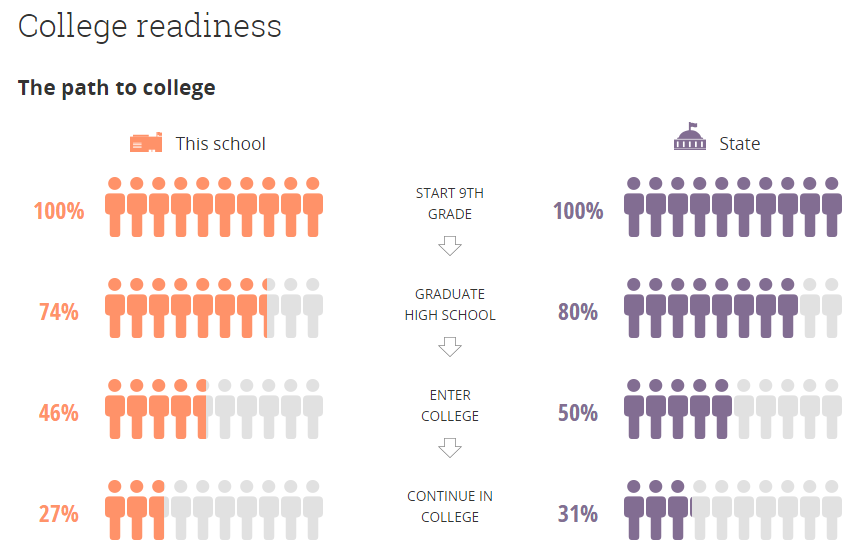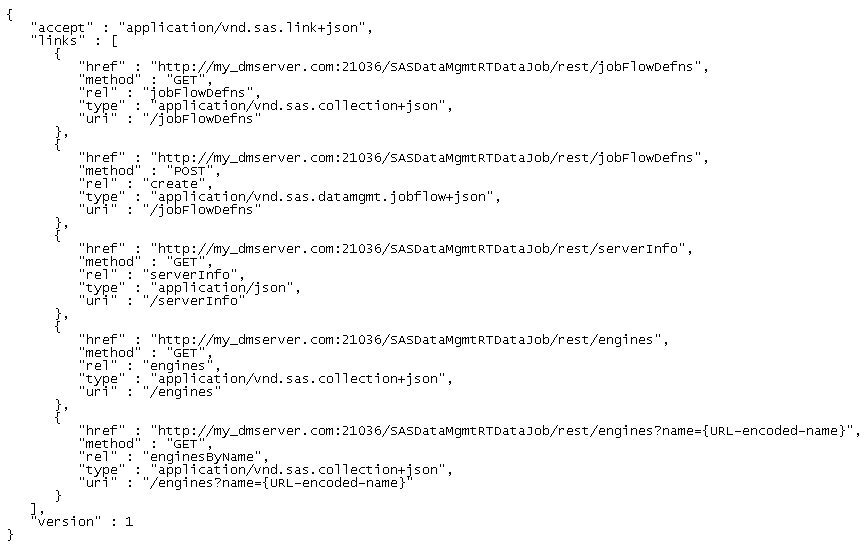All Posts

PROC DS2 (DS2) is a new SAS programming language that extends the power of the traditional DATA step. Some customers have wondered if this new functionality is simply the “DATA step on steroids,” meaning that we simply added more robust functionality so that it’s a replacement for the DATA step.

Happy Friday! Here is another guest blog post for our February Relationship Series. This week features Caitlin Kline, LCSW, exploring the decision of whether or not to get married. To Have and to Hold or to Hold Out A therapist’s take on moving a long-term relationship into marriage By Caitlin Kline, MSW,

Aktuell sprechen wir mit vielen Banken über das Management ihrer Daten. Historisch schien die Bereitstellung von Information hinlänglich gelöst: Die IT-Abteilungen stellten diverse Mart-Daten & Analyse-Tools bereit. Punkt. Banken-Daten-Management: Mehr Schein als Sein?

Last week I posted an article on creating Infographics using SAS. The interest shown by the SAS community in this topic came as a surprise. Also, it so happened by coincidence, a SAS users also called into Tech Support just about the same time with a query about creating Infographics type graph


In a previous blog I suggested that many readers in many applied areas are reading statistics texts under duress for a course or project, and are in truth somewhere between disinterested and terrified. In my new SAS Press book Business Statistics Made Easy in SAS® I make use of various

Where to start: Knowing when a parent needs help, and what kind Many times we will receive a call from someone stating that their loved one needs nursing home placement when, in fact, that may not be the most appropriate level of care. Often individuals are faced with making a

As I explained in Part 1 of this series, creating a strategy for the data in an organization is not a straightforward task. Two of the most important issues you'll want to address in your data strategy are data quality and big data. Data quality There can be no data that is

Our cardiovascular systems are "complex arrangements of hydraulic, yet living, components" (Swain, 2000). Just as water must constantly flow at varied rates through a water system in a city, blood must also circulate rhythmically throughout our bodies to keep us vibrant and healthy. The heart drives the entire system. We get more efficient at

When the Toyota Prius first came out, the gas mileage claims astonished everyone. But now that almost every manufacturer offers their own hybrid, is the Prius mpg really all that great? Let's analyze the data ... But before we get to the analytics, let me tell you a little about

REpresentational State Transfer (REST) is an architectural style for designing web services that access a system's resources using HTTP methods. With the release of DataFlux Data Management 2.7 earlier this year, three new REST Application Programming Interfaces (APIs) are now available: Data Management Server Batch Jobs Data Management Server Real-time

¿Cuáles son los retos del sector financiero en Latinoamérica? ¿Cómo detectar y prevenir el fraude en los bancos y empresas de seguros de una vez por todas? ¿Podemos reducir el riesgo de pérdidas relacionadas con estas conductas fraudulentas? ¿Cómo minimizar los daños e impacto en la reputación organizacional? La lucha

Das Marketing heute verändert sich rasant. Okay, das hat schon 2005 jeder gesagt… und wird es 2025 immer noch sagen. Momentan ist der wichtigste Beschleunigungsfaktor die Digitalisierung des Marketings – und Event-basierte Echtzeitkampagnen sind das aktuelle Mantra.

Al momento de redactar este articulo recordé una nota que describe el actual entorno en las organizaciones bancarias, de gobierno, aseguradoras y salud citada del Profesor David J Hand en su libro titulado "Fraud Analytics Using Descriptive, Predictive, and Social Network Techniques", "Fraud will always be with us". Esta línea

What do you get when you add together: Two basketballs; six people wearing black or white t-shirts; and a chest-beating gorilla? Oddly enough, a great analogy for the challenges information security professionals constantly face (more on that in a minute ...). We'll be talking about security challenges of all kinds














